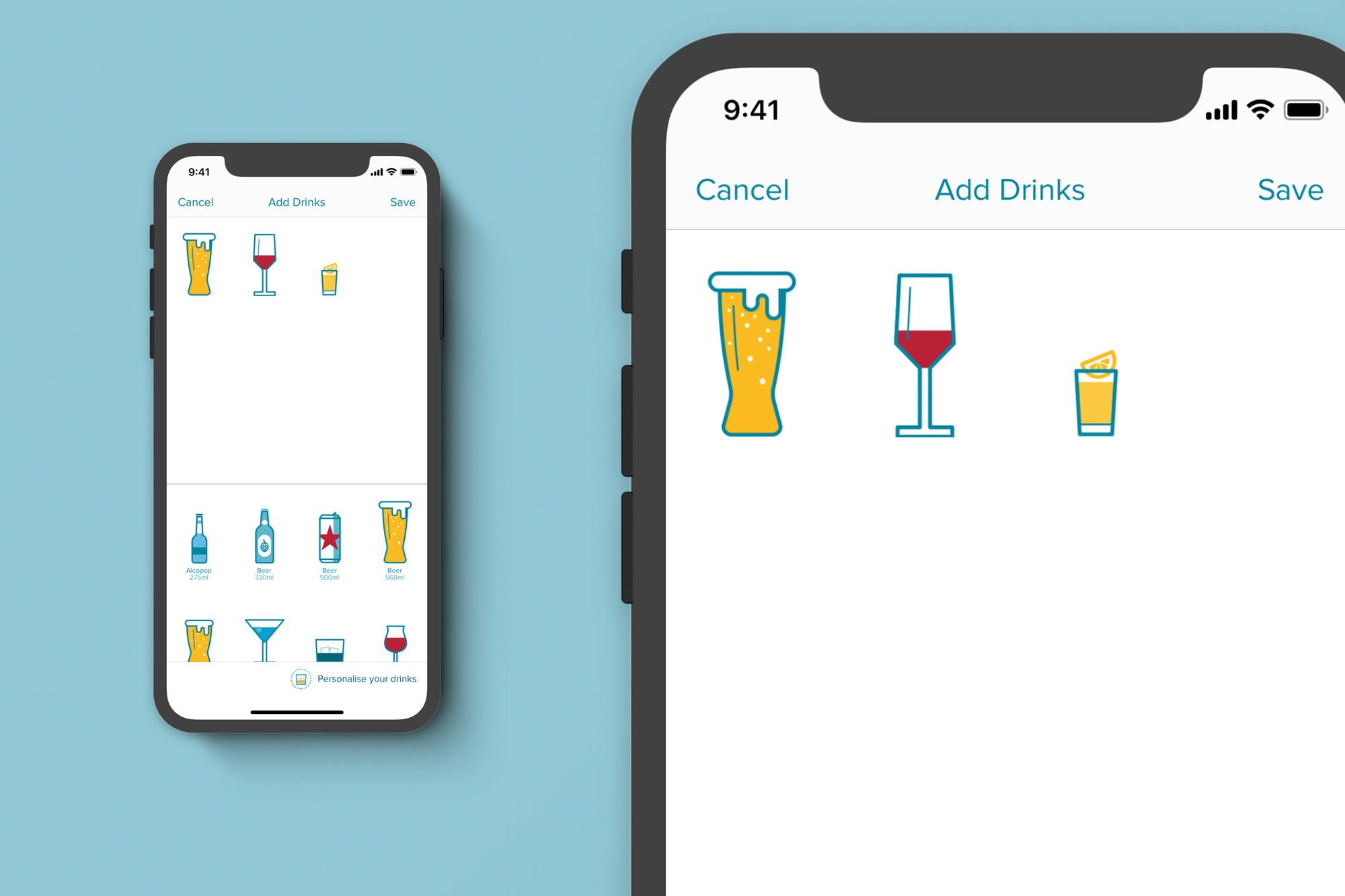Alcohol and your health: the short term effects
PHYSICAL EFFECTS
Alcohol - fun in small doses, dangerous in large.
Blood Alcohol Concentration
Blood Alcohol Concentration (BAC) refers to the percent of alcohol in a person's blood stream. We can expect a person to behave differently based on their BAC level. There is no simple way to calculate BAC - weight, gender, time since your last drink and amount consumed all affect BAC levels.
Up to 0.05g% – You may experience feelings of wellbeing, be more talkative, relaxed and confident.
Between .05 and .08g% – You may be at risk of impaired judgement and reduced inhibitions.
Between .08 and .15g% – You may be experiencing slurred speech, impaired balance and coordination. Unstable emotions, nausea and vomiting are possible.
Between .15 and .30g% – You may be unable to walk without assistance. You may lose control of your bladder and/or consciousness and breathing may be affected.
Above .30g% – May put you in a coma or result in death.
We strongly suggest that if you have had any alcohol that you do not drive.
Vomiting, diarrhoea and in extreme cases - death
Alcohol irritates the lining of the throat, stomach, and small and large intestines. This irritation is even worse when you drink on an empty stomach. To protect itself from further damage the body then produces extra mucus and bile. Feeling queasy yet? Drinking too much alcohol can make you sick, and the mucus and bile is what you’ll vomit.
Not only that, if alcohol causes the small intestine to become inflamed it can affect the absorption of nutrients passing into the large intestine and lead to diarrhoea.
Chronic alcohol consumption can inhibit the functioning of your lungs, leading to lung disease and even death.












